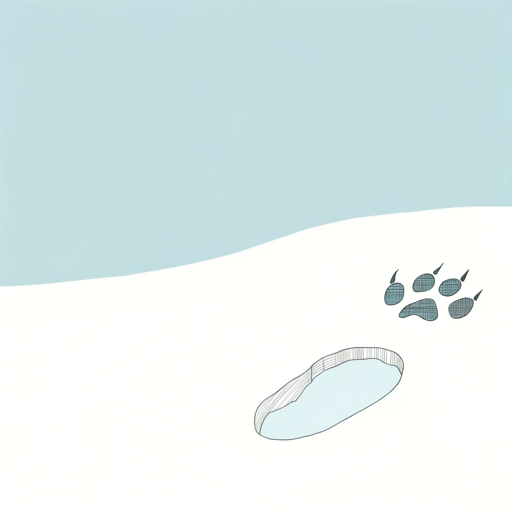55 pages • 1 hour read
Farley MowatNever Cry Wolf: The Amazing True Story of Life Among Arctic Wolves
Nonfiction | Autobiography / Memoir | YA | Published in 1963A modern alternative to SparkNotes and CliffsNotes, SuperSummary offers high-quality Study Guides with detailed chapter summaries and analysis of major themes, characters, and more.
Symbols & Motifs
Self-Deprecation and Humor
Throughout the narrative, Farley continually uses self-deprecating humor as a motif, often making himself the butt of his humorous comments. For instance, in Chapter 1, he describes himself as a bored, curious youth who decides to put catfish in his grandmother’s toilet bowl to see how long he can keep them alive. When his grandmother discovers this in the middle of the night, it perpetually alters her nighttime restroom habits but also inspires him to learn all he can about the natural world since his uncle flushed his catfish. The book is rife with humorous stories, as when a family of Inuit charges after him with weapons; he assumes they want to kill him when, in fact, they fear he has decided to attack the wolf pack and want to save his life. Such humor transforms Farley into an accessible “Everyman” while belying the courage and bravery it took for him to live in the Barrens for 18 months.
Farley’s use of humor is not merely to keep readers laughing but to validate his insights and demonstrate the accuracy of his logical deductions. A key example of this occurs in Chapter 18, where Farley writes of a rabies epidemic that struck the Manitoba area around Churchill in 1946.
Related Titles
By Farley Mowat



